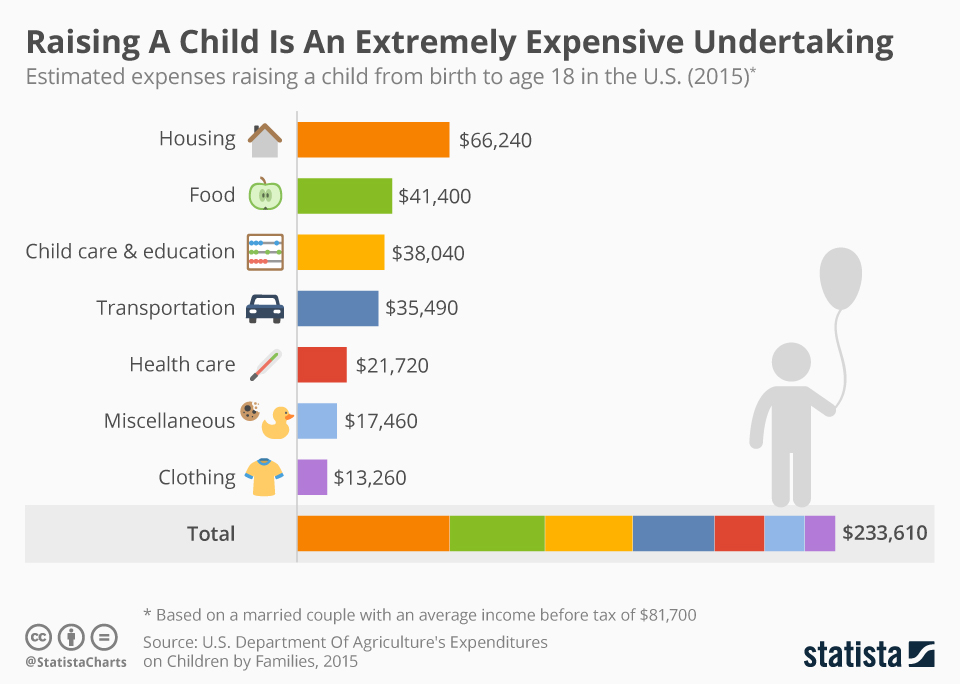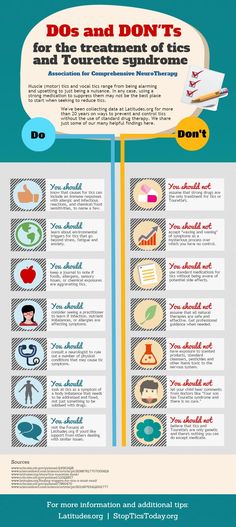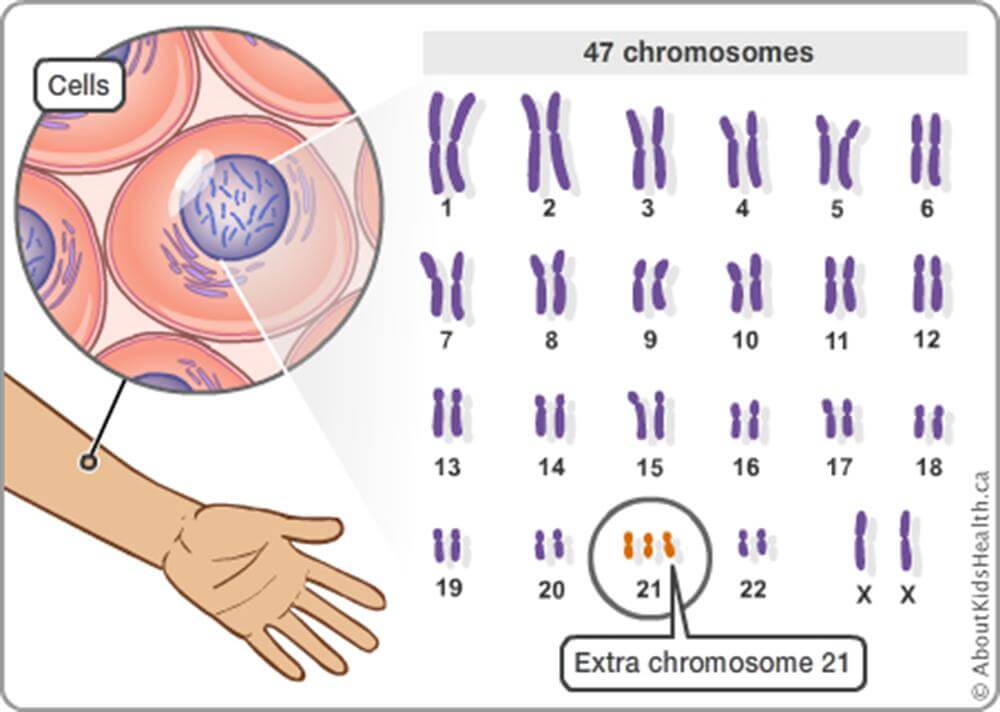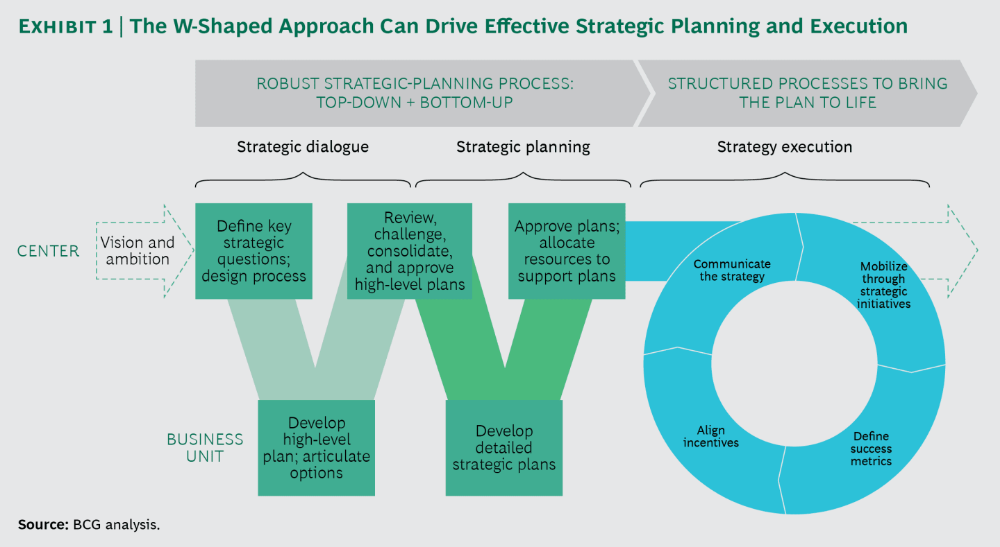How much does it cost to raise a child for 1 year
How Much Does It Cost To Raise A Child?
Ever wonder how much it costs to raise a child? Expenses such as food and clothing start to add up the moment a baby is born. Learn how much you can expect to spend during the first year of your child’s life.
List of monthly child expenses.
Admit it. Babies are cute, but they come with a big price tag. According to a US Department of Agriculture report, the average middle-income family spends between $12,000 and $14,000 on child-related expenses each year.1 For newborns, the cost is higher. Some studies show numbers ranging from $20,000 to $50,000 for the child's first year of life, depending on location and household income.2
Beyond the general items, like a stroller, crib, or car seat, here are some estimates of what you can expect to shell out in your baby’s first year.
Baby expenses for month 0.
Some significant purchases are required in advance of your baby's birth. There's no established list of necessary items, but you'll probably invest in a bassinet, bottles, clothes, and a carrier for when your child arrives. Costs can span a wide range, but budget for $1,000 minimum to cover what you'll need at the start.
Month 1 – The biggest baby expenses.
The first month of your baby's life may be the priciest, because it includes maternity care, the cost of delivery, postnatal care, and a hospital stay.
The numbers can vary depending on where you live, what kind of birth you have, and your insurance policy. While birthing costs in some states can exceed $27,000 the average cost is usually around $10,000.
Months 2 and 3 – Feeding and daily care expenses.
Figuring out a sleep routine is the biggest challenge here. The good news is that babies usually don't require much beyond breastmilk or formula and diapers at this point. If you're breastfeeding, your costs will be lower (aside from the one-time expense of a pump, which costs anywhere from $40 to $185), while powdered formula will run you between $70 and $150 per month.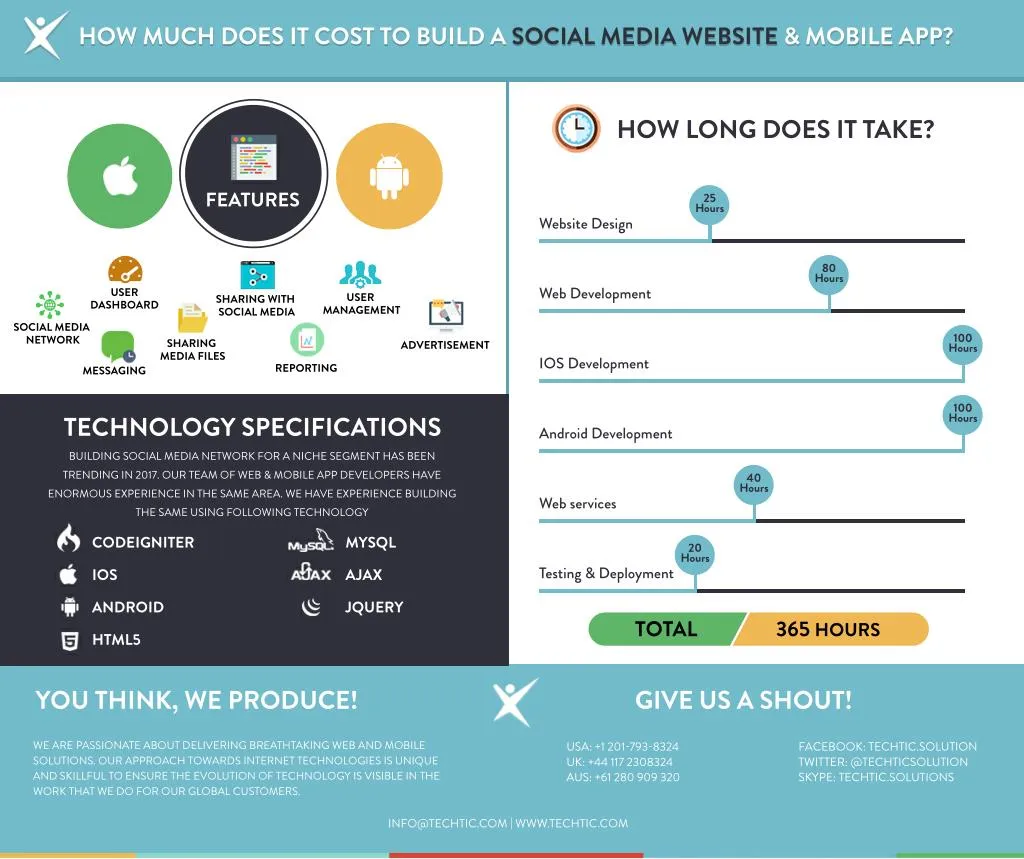
Add about $60 for bottles and $75 for the monthly diapers and wipes you'll go through. There are vaccinations your baby should get and a couple of visits to the doctor during these months, which should be budgeted for as well. It's also time to start assessing your future financial goals. Estimated monthly amount: $300.
Month 4 – Monthly childcare expenses.
If you return to work after the baby is born, childcare could take up the lion's share of your budget starting this month. According to Care.com data, weekly childcare costs have risen significantly over the past six years.
The average weekly childcare cost for one infant is $565 for a nanny, $215 for a daycare or childcare center.3 These costs vary among states, and each family's arrangement with their provider, but a budget should be in place if you need care for your child while you work. Estimated monthly amount: $2,260.
Months 5 and 6 – List of baby expenses as they grow.
Sometime around the five-month mark, the baby reaches a milestone in development and begins eating solid foods. Parents often start with purees, which you can easily make yourself. Compared with food for older kids, babies still get the bulk of their calories from milk or formula. But plan on spending roughly $50 a month on their applesauce, oatmeal, and avocados.
Parents often start with purees, which you can easily make yourself. Compared with food for older kids, babies still get the bulk of their calories from milk or formula. But plan on spending roughly $50 a month on their applesauce, oatmeal, and avocados.
Your growing baby is fitting into new clothes on a regular basis now. Baby clothes are the most common gift that new parents receive, but the average cost of clothes is around $50 a month for the first year. Using hand-me-downs or shopping at second-hand clothing stores can help you save in this area. Estimated monthly amount: $1,100.
Months 7,8, and 9 – Baby safety expenses per month.
Babies typically begin crawling around this age, so now's the time to put up safety gates, install door locks and knob covers, and outlet plugs. Babyproofing can cost anywhere from $100 to $1,000, depending on the size and layout of your home. Estimated monthly amount: $1,200.
Months 10 and 11 – Babysitting expenses for your baby.
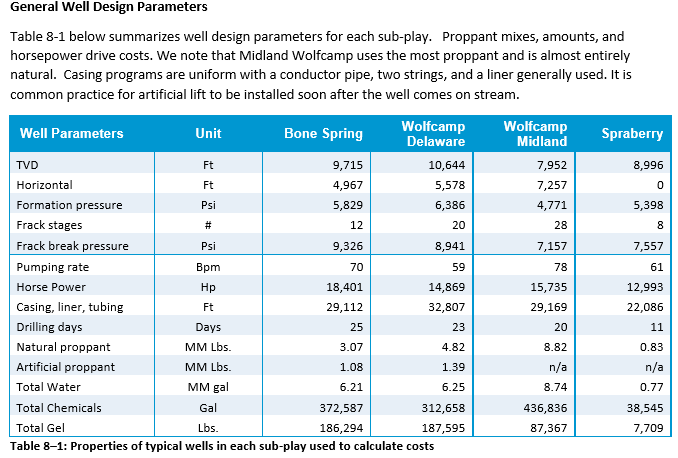
By this time, you may be thinking about a babysitter, maybe for a few hours here and there or for an occasional night out. If you don't have a friend or family member to watch your child, you may have to consider adding babysitting into your childcare budget.
According to Care.com, parents paid after-school babysitters an average of $16.20 per hour to care for one child for about three hours a day, or a total of 15 hours per week. But the average doesn’t necessarily tell you what you’ll pay a babysitter in your specific area, nor does it factor in considerations like the regularity of babysitting work that you are offering and the duties required.4 Estimated monthly amount for a babysitter: $975.
Month 12 – First year of monthly child expenses complete.
Congratulations, you made it through your first year of parenting! By this point, you should have an idea of what's needed in your monthly baby budget, so hopefully there won't be any surprise expenses.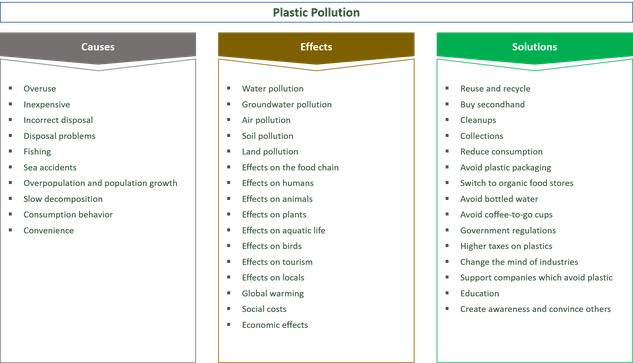 As you prepare for the second year, start looking at ways you can save on childcare and new items you'll need. And plan for an additional $50 this month to treat yourself to a celebration. Estimated monthly amount: $1,300.
As you prepare for the second year, start looking at ways you can save on childcare and new items you'll need. And plan for an additional $50 this month to treat yourself to a celebration. Estimated monthly amount: $1,300.
The benefits of life insurance for children.
Now that you’re a new parent, you should consider child life insurance. Life insurance can give your child an invaluable head start. If offers many of the same benefits as regular whole life insurance, but with lower premiums. The benefits include:
- Lifetime protection
A life insurance policy purchased for your child can provide death benefit protection into adulthood. - Cash value that grows
A child’s life insurance policy can accumulate cash every year that your child can access it for future purchases and expenses, such as college tuition, a down payment on a home, or retirement. Accessing cash value will reduce the death benefit and available cash surrender value. - Tax advantages
Cash value accumulates tax-deferred and can be accessed generally income tax free, if structured properly.
- Low premiums
With this type of permanent life insurance, it’s possible to lock in the premium at the child’s current age for life. - Guaranteed future insurability
Once the policy has been issued, coverage cannot be canceled if all required premiums are paid.
Having a baby can be an amazing journey filled with excitement and wonder. While variables around geography, childcare needs, and insurance coverage may impact how much you spend on your child, there are clear advantages to working with a New York Life agent early on to develop a financial strategy for your child.
1,2 Mark Lino, “The Cost of Raising a Child,” U.S. Department of Agriculture, February 18, 2020. Usda.gov
3 “Childcare Costs More in 2020, and the Pandemic Has Parents Scrambling for Solutions,” Care.com, June 15, 2020. Care.com
4 Ashley Austrew, “How Much Does a Babysitter Cost?” Care.com, July 10, 2020. Care.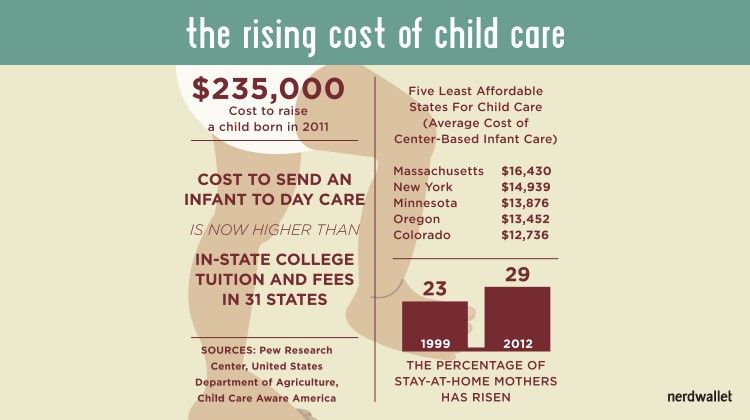 com
com
The Cost of Raising a Child
Posted by Mark Lino, Economist at the Center for Nutrition Policy and Promotion in Food and Nutrition
Feb 18, 2020
Families Projected to Spend an Average of $233,610 Raising a Child Born in 2015.USDA recently issued Expenditures on Children by Families, 2015. This report is also known as “The Cost of Raising a Child.” USDA has been tracking the cost of raising a child since 1960 and this analysis examines expenses by age of child, household income, budgetary component, and region of the country.
Based on the most recent data from the Consumer Expenditures Survey, in 2015, a family will spend approximately $12,980 annually per child in a middle-income ($59,200-$107,400), two-child, married-couple family.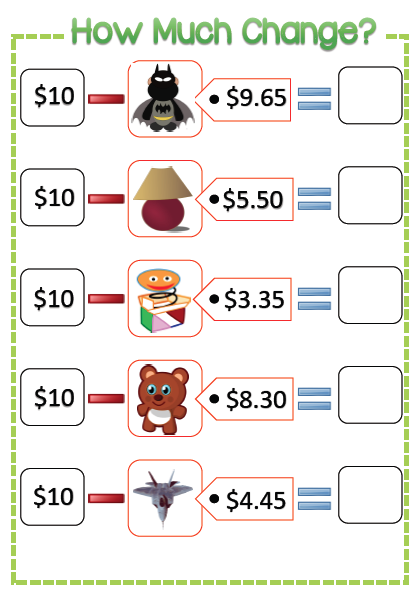 Middle-income, married-couple parents of a child born in 2015 may expect to spend $233,610 ($284,570 if projected inflation costs are factored in*) for food, shelter, and other necessities to raise a child through age 17. This does not include the cost of a college education.
Middle-income, married-couple parents of a child born in 2015 may expect to spend $233,610 ($284,570 if projected inflation costs are factored in*) for food, shelter, and other necessities to raise a child through age 17. This does not include the cost of a college education.
Where does the money go? For a middle-income family, housing accounts for the largest share at 29% of total child-rearing costs. Food is second at 18%, and child care/education (for those with the expense) is third at 16%. Expenses vary depending on the age of the child.
As families often need more room to accommodate children, housing is the largest expense.We did the analysis by household income level, age of the child, and region of residence. Not surprising, the higher a family’s income the more was spent on a child, particularly for child care/education and miscellaneous expenses.
Expenses also increase as a child ages. Overall annual expenses averaged about $300 less for children from birth to 2 years old, and averaged $900 more for teenagers between 15-17 years of age. Teenagers have higher food costs as well as higher transportation costs as these are the years they start to drive so insurance is included or a maybe a second car is purchased for them.
Teenagers have higher food costs as well as higher transportation costs as these are the years they start to drive so insurance is included or a maybe a second car is purchased for them.
Regional variation was also observed. Families in the urban Northeast spent the most on a child, followed by families in the urban West, urban South, and urban Midwest. Families in rural areas throughout the country spent the least on a child—child-rearing expenses were 27% lower in rural areas than the urban Northeast, primarily due to lower housing and child care/education expenses.
Child-rearing expenses are subject to economies of scale. That is, with each additional child, expenses on each declines. For married-couple families with one child, expenses averaged 27% more per child than expenses in a two-child family. For families with three or more children, per child expenses averaged 24% less on each child than on a child in a two-child family. This is sometimes referred to as the “cheaper by the dozen” effect.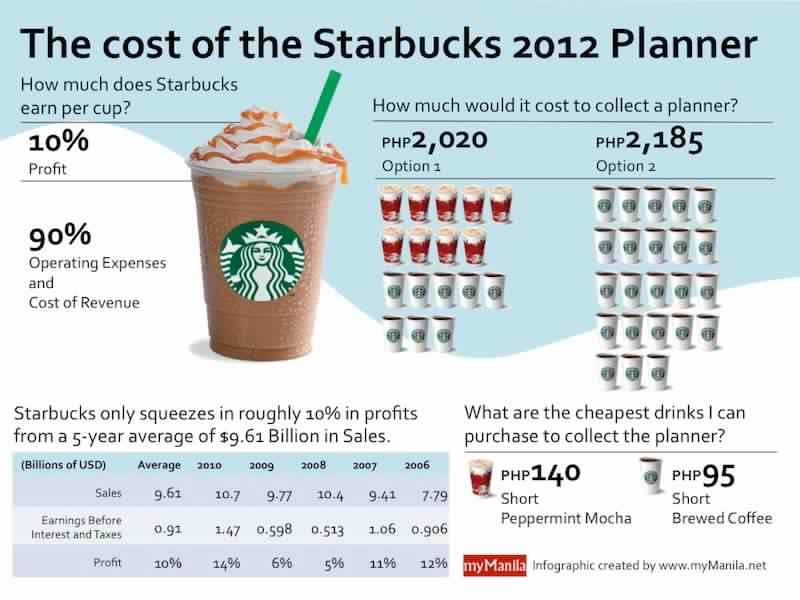 Each additional child costs less because children can share a bedroom; a family can buy food in larger, more economical quantities; clothing and toys can be handed down; and older children can often babysit younger ones.
Each additional child costs less because children can share a bedroom; a family can buy food in larger, more economical quantities; clothing and toys can be handed down; and older children can often babysit younger ones.
This report is one of many ways that USDA works to support American families through our programs and work. It outlines typical spending by families from across the country, and is used in a number of ways to help support and education American families. Courts and state governments use this data to inform their decisions about child support guidelines and foster care payments. Financial planners use the information to provide advice to their clients, and families can access our Cost of Raising a Child calculator, which we update with every report on our website, to look at spending patterns for families similar to theirs. This Calculator is one of many tools available on MyMoney.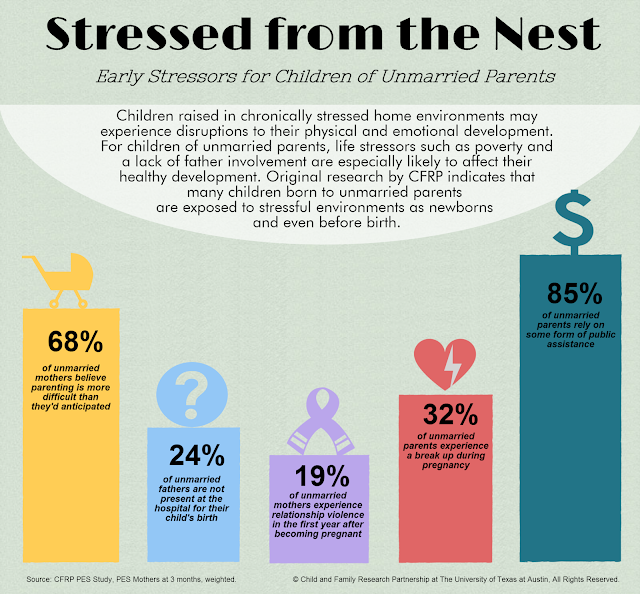 gov, a government research and data clearinghouse related to financial education.
gov, a government research and data clearinghouse related to financial education.
This year we released the report at a time when families are thinking about their plans for the New Year. We’ve been focusing on nutrition-related New Year’s resolutions – or what we are referring to as Real Solutions - on our MyPlate website, ChooseMyPlate.gov. This report and the updated calculator can help families as they focus on financial health resolutions. This report will provide families with a greater awareness of the expenses they are likely to face while raising children.
In addition to the report and the calculator, we also have a dedicated section on ChooseMyPlate.gov that provides tips and tools to aid families and individuals in making healthy choices while staying on a budget. For strategies beyond food, our friends at MyMoney.gov offer a wealth of information to help Americans plan for their financial future.
For more information on the Annual Report on Expenditures on Children by Families, also known as the cost of raising a child, go to: www.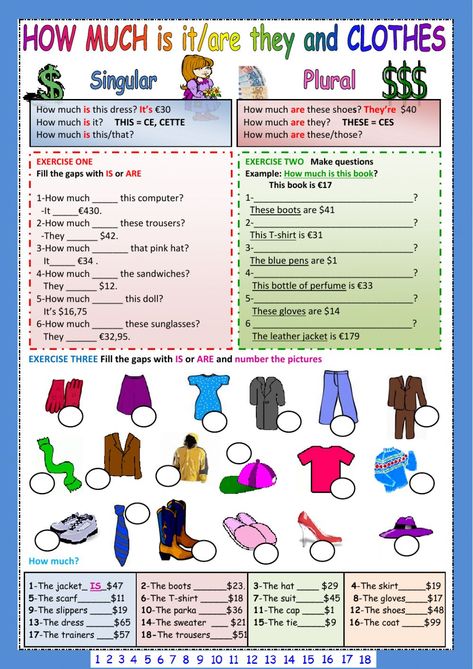 fns.usda.gov/resource/expenditures-children-families-reports-all-years.
fns.usda.gov/resource/expenditures-children-families-reports-all-years.
*Projected inflationary costs are estimated to average 2.2 percent per year. This estimate is calculated by averaging the rate of inflation over the past 20 years.
Editor’s Note (March 8, 2017): The comparison of rural vs. urban northeast child care and education value has been updated.
Visit the U.S. Department of the Treasury’s MyMoney.gov for more resources to ensure financial well-being this New Year’s season!Category/Topic: Food and Nutrition
Tags: children choosemyplate.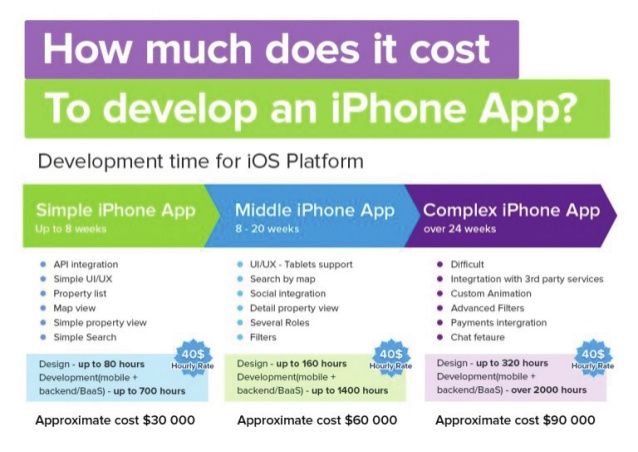 gov CNPP Cost of Raising a Child economics Expenditures on Children by Families Food and Nutrition mymoney.gov MyPlate Research
gov CNPP Cost of Raising a Child economics Expenditures on Children by Families Food and Nutrition mymoney.gov MyPlate Research
Write a Response
Comments
SEB survey: how much does it cost to raise one child
40 per cent. of interviewed parents, who calculated how much it costs to support a child under 18, indicated that the amount ranges from 3,000 to 5,000 euros per year. Another 13 percent indicated that the costs amounted to more than 5,000 euros per year. With monthly expenses of 500 euros or more for 18 years, an amount of more than 100,000 euros is generated, SEB said in a statement.
True, if the child attends a private school, these amounts can increase significantly.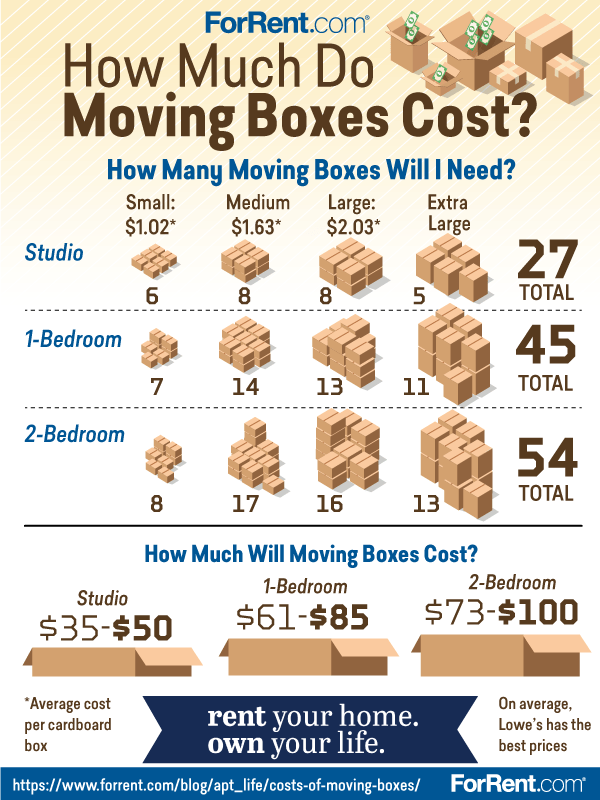 A year of education in a private school costs an average of about 6,000 euros per year. And this is without taking into account school meals, which average 5.5-6.5 euros per day, additional paid circles, expenses for excursions, etc. In this case, the amount for raising a child can reach 200 thousand euros.
A year of education in a private school costs an average of about 6,000 euros per year. And this is without taking into account school meals, which average 5.5-6.5 euros per day, additional paid circles, expenses for excursions, etc. In this case, the amount for raising a child can reach 200 thousand euros.
These expenses increase every year due to inflation. Especially they jumped this year. According to the Department of Statistics in July, the prices of almost all goods and services related to the upbringing of children increased: school meals (17 percent), stationery (14 percent), recreation and culture services, mugs (11 percent), books (5.9 percent), shoes (3.9 percent), clothes (0.9 percent). Many parents have already felt this when in September the children returned to educational institutions and circles.
If the family has not one, but two or more children, the costs will be even higher. True, it’s not worth multiplying by two, because raising a second or third child usually costs parents less than the first - and because of the necessary things already available, clothes, furniture that can be reused, and because of the increase in benefits, discounts.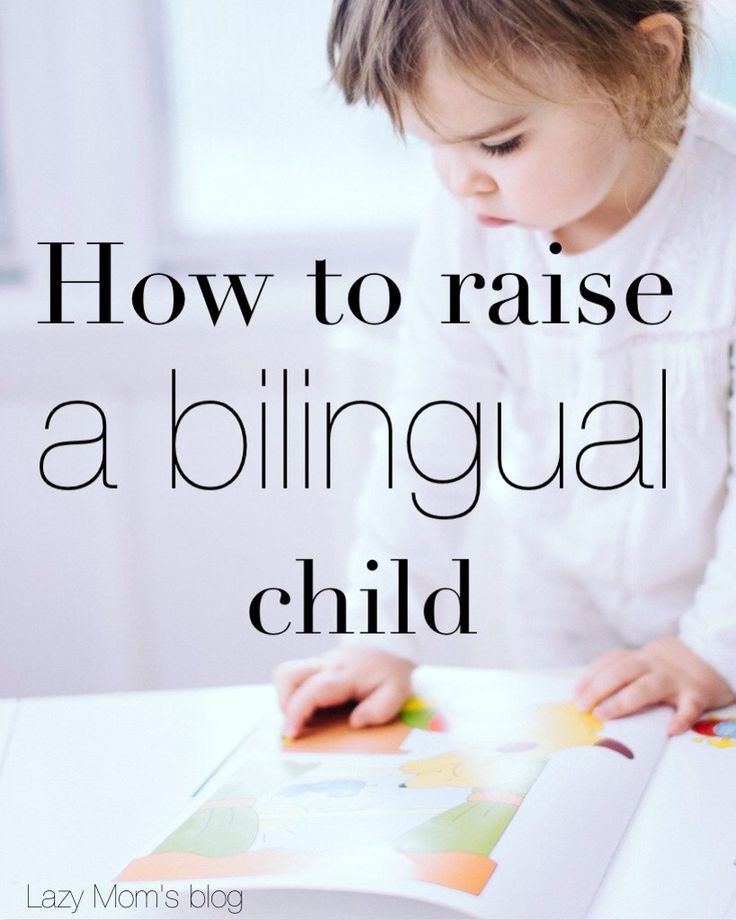
Mugs are an investment in future abilities
Mugs, whose prices have increased by at least one tenth, according to statistics, are an important part of raising a child. According to the study, half of the parents send their children to one paid circle, a quarter - to two paid circles, and only 7 percent. three of those surveyed. Almost a fifth say they cannot afford to send their children to children's clubs.
"Although education should not be saved, as it is one of the most important areas to invest in when thinking about the future of the child, circles, especially paid ones, should be chosen responsibly so that they not only do not create a financial burden, but also in fact in fact, were related to the child's abilities that you want to develop and which will be useful in the future, "says S. Strotskite-Varne.
In addition to clubs, don't forget about additional expenses for concerts, performances, special equipment or clothing, etc.
Food to school from home is still rare
On average, a student spends about 3 euros a day on food at school. However, lately a lunch for one child has risen in price by about 30 percent due to rising food prices. and reaches up to 4 euros (the specific cost of lunch, of course, depends on the school and the dish chosen). Therefore, for a family, meals for a child cost about 60-70 euros per month. If a child stays at school all day and eats several times, expenses can increase by a third.
Half of the parents surveyed say that their children always buy food at school, a third say they occasionally bring food from home, and only 13 percent. always wears his food.
Children are indifferent to fashion - let's use it
Although according to statistics, the prices of clothes and shoes have increased relatively the least, children grow up very quickly, so spending on their clothes and shoes always makes up a large part of the family budget.
More than half of the parents surveyed say they need to update their children's wardrobe every month, a third say they make such purchases three to four times a year, but in this case they spend more money.
Clothing is one of those categories on which we often spend more than we should. According to the study "Household Budget 2021" published by the Department of Statistics, a statistical family of four spends about 104 euros per month on clothes and shoes, and the amount of clothes thrown into textile containers reaches about 1,800 tons in Vilnius alone.
"Young children often don't care what they look like, whether they're wearing new clothes or second-hand clothes, which in many cases can cost five or even ten times less than new," says the SEB expert.
By saving money in this area, we could spend more money on clubs and education, which can have a much greater impact on a child's future than just another new sweater or blouse, emphasizes S. Strockite-Varne.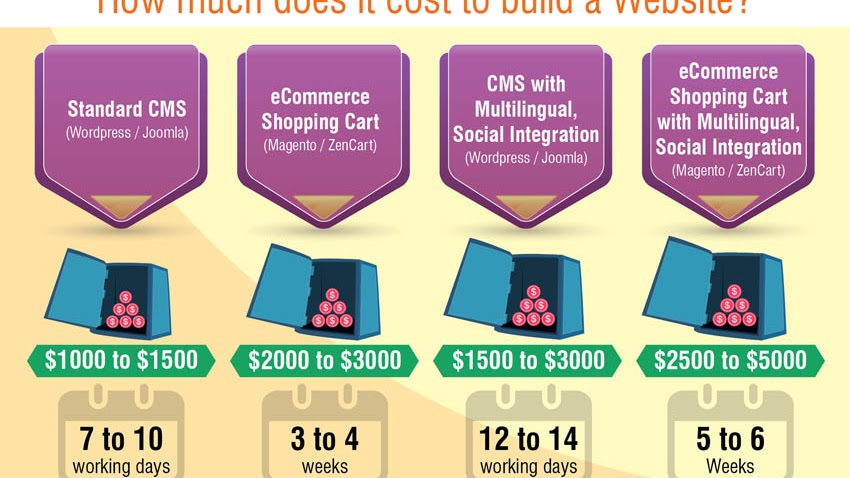
Commissioned by SEB Bank, the study was conducted by Norstat. In August of this year, 300 parents raising children aged 7-17 (inclusive) were surveyed throughout Lithuania.
Raising a baby from 1 to 3 years old is one of the most important tasks of parents | Mamovedia
At what age should you start raising a child?
To date, the need to educate a child from the first months of his life has been confirmed by numerous scientific data.
Essential factors in education are such factors as a gradual increase in periods of wakefulness, reflecting the working capacity of the child's brain, the early development of his analyzers (hearing, vision, etc.), as well as the development of speech.
And if you do not engage in raising a baby from the first months of his life, you can miss a lot. There is not a single day to be wasted in carrying out the process of education.
Psychologists believe that half of a person's mental development occurs at the age of the first 3-4 years of life.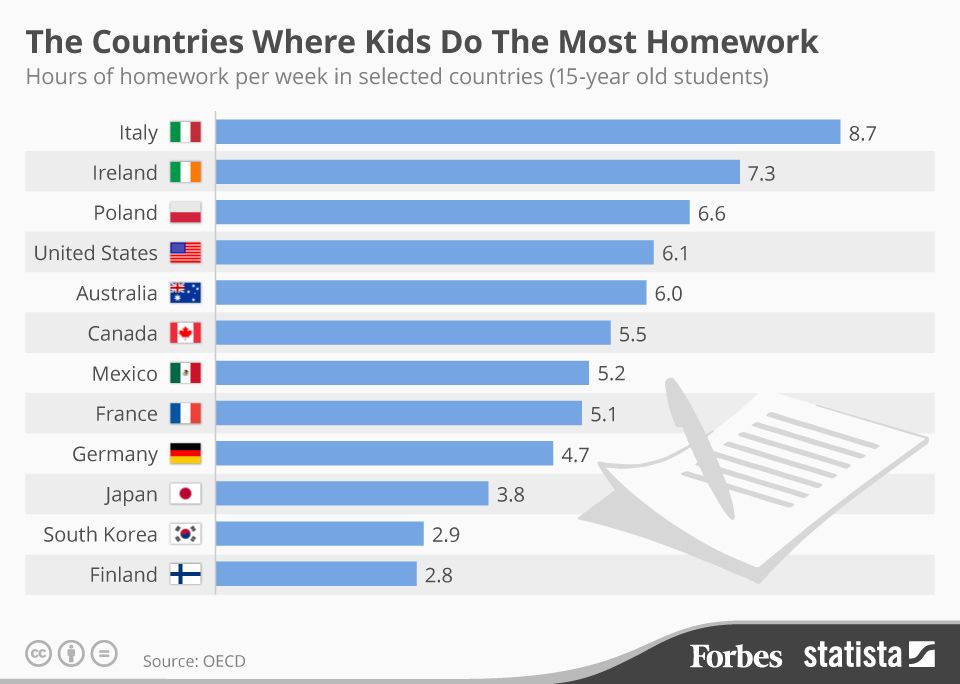
If there is no upbringing during this period, then either a delay in the development of the brain or the formation of undesirable habits that create a picture of the child's negative behavior are inevitable.
It is impossible to give any ready-made recipes for raising a child, since much here depends on the individual (typological) characteristics of children, the environment, the child's past experience, the habits that he developed earlier, his state of health.
However, there are a number of general pedagogical rules that parents need to follow. Let's consider some of them.
The child must be treated evenly and calmly.
The mood of parents is easily transmitted to children. The loud, angry cry of the child by the father or mother quickly excites him - tears appear, the baby begins to act up.
Sudden movements, "twitching" of the child when dressing, washing or putting to bed lead to the fact that he refuses to carry out instructions from adults, becomes irritable.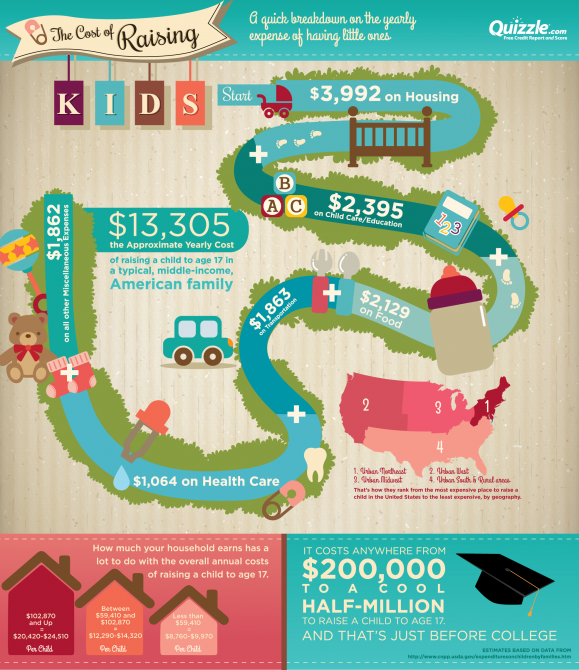
That is why parents in any situation must maintain an even and calm attitude towards the child, avoid "emotional breakdowns", irritable tone, etc.
Unity of upbringing .
You have already gained some experience in raising a child. You know how to feed him, how to put him to bed, how to calm him down, entertain him, etc.
A child adapts to the environment more easily if the parents use the usual ways of dealing with him.
Any change in familiar educational methods or the application of new rules that are still obscure to the child violates his habits and causes unbalanced behavior.
For example, a child is used to going to bed in a pram outside. Try to put him at the same time at home, in bed - you will experience certain difficulties.
Changes in the method of education can be made only in accordance with the age of the child, when it is necessary to make new demands: eat independently, undress independently, etc.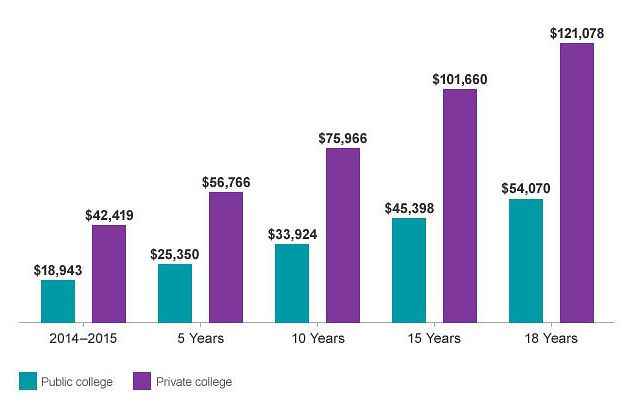
In this case, changes in educational methods will not cause undesirable shifts in behavior, since they are made on the basis of the acquired, new skills of the child.
The concept of "unity of education", in addition to the unity of the methodology of pedagogical methods, also includes the unity of approach to the child on the part of all adults involved in his upbringing.
Mom and dad, grandmother, etc. must have complete coordination in their approach to the child, the presentation of certain requirements.
Only such a unity of adult family members in their views on the upbringing of a child can ensure the formation of stable positive skills and balanced behavior.
If mom forbids “touching the clock”, and dad allows “take it, play, son!”, then in this case the baby will never develop a clear perception of such an important concept as “it is possible” – “it is impossible”.
With such a system of incorrect upbringing, the child will quickly understand: it is possible to behave in the same situation in different ways - it only matters who is present at the same time, father or mother?
Neglect of the upbringing of restraining concepts forms such traits in the child's character as stubbornness, negativism, irritability.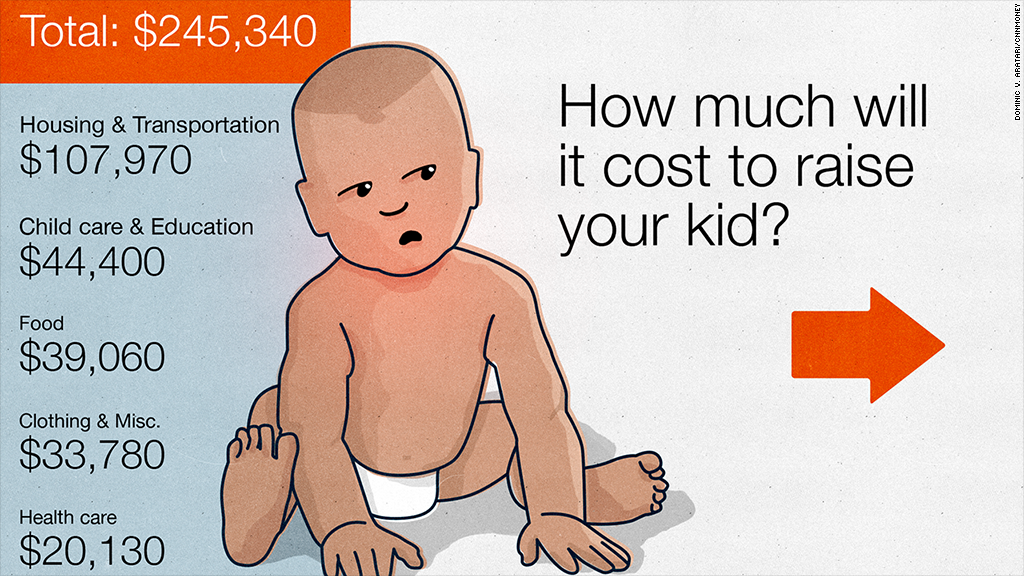
Parents should be well aware of what this playful substitution of "can't" for "can" can entail.
So, unified tactics in education, complete coordination in the actions of all family members is an important pedagogical requirement. Remember that your child at this age is more sensitive, quick-witted and smart than some parents sometimes think.
Your request is law .
There is one more "magic" word that is very necessary in the process of education - "must".
The correct, adequate reaction of the child to the word "must" is developed only when the parents already at this age teach the child to fulfill their requests or demands.
It is very important that your request be justified and match the child's desire or need. For example, you say: “I need to sleep” when putting the baby to bed at the appointed time for him, or “let's go for a walk” when it really is time for a walk.
In addition to this condition, in order to develop the desired reaction of the child to the word “must”, the requirements of adults must be feasible for him.
Unbearable for children of early age (1-3 years) are such demands of parents as to sit quietly or wait for something for a long time.
A child at this age cannot yet be immobile. The ability to “wait”, “sit”, etc., must be exercised gradually. It will form at an older age, after three years.
Next, every time you need to make sure that the child fulfills your instructions. And if every suggestion of yours to do something the child will meet with its obligatory implementation, he will form the habit of correctly behaving in accordance with one or another request from adults. But this is nothing but obedience .
How nice to hear such a characterization “what an obedient child!” With such a child, it is easy for parents and caregivers.
Development of independence.
If a baby reaches for an object that has attracted his attention, interested him (for example, a toy), and, finally, takes out this object himself, without the help of adults, he rejoices, feels satisfaction from “his own independent actions.
Such actions of the child should be encouraged (“well done, that he got himself”), this will further strengthen his craving for independence.
It also happens that a baby in a similar situation honks - "I can't", "no way" and asks adults to help "give-give-give". And yet, do not rush to his rescue, but try to induce him to independent actions with words. “You are already big, get it yourself, try it.”
Try to get the child to do for himself what he could not do. At the initial stage, you can quietly help him bring the matter to a positive result in order to consolidate confidence in his abilities.
In this way you form in the child the need for independent action, the ability to overcome difficulties.
Can you be a role model?
Usually at the age of 2-3 years, children tend to imitate the actions of adults: kids in the game imitate the actions of their mother, father, grandmother, doctor, etc. They “feed” and “treat” dolls, “cook” dinner, “ read books.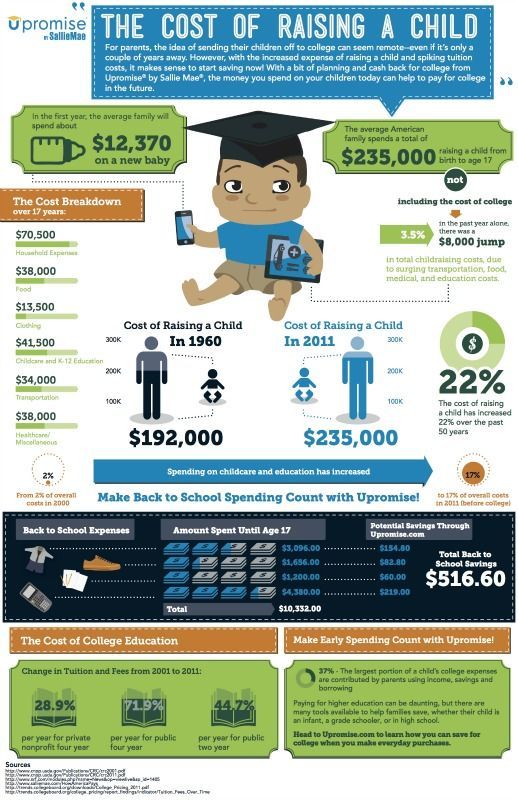
It's nice to see if a child's imitative actions consist of following positive rules. And if not? Who is to blame? Of course adults. He saw it in their behavior, and then reproduced the negative.
The ability of a child to imitate is very useful for correct upbringing, since on its basis the necessary skills and habits are mainly taught.
By imitating the actions of adults, the child learns many things - to eat neatly, fold his clothes, put away his shoes, collect toys. And in the future, children receive many hygiene skills, manners of cultural behavior, looking at similar actions of elders.
Parents should always remember that their behavior is constantly watched by attentive children's eyes, and behave accordingly. It is also necessary to draw the child's attention to all the positive actions that take place before his eyes. It is desirable to accompany educational influences with verbal explanations and persistently develop positive forms of the child's response actions.
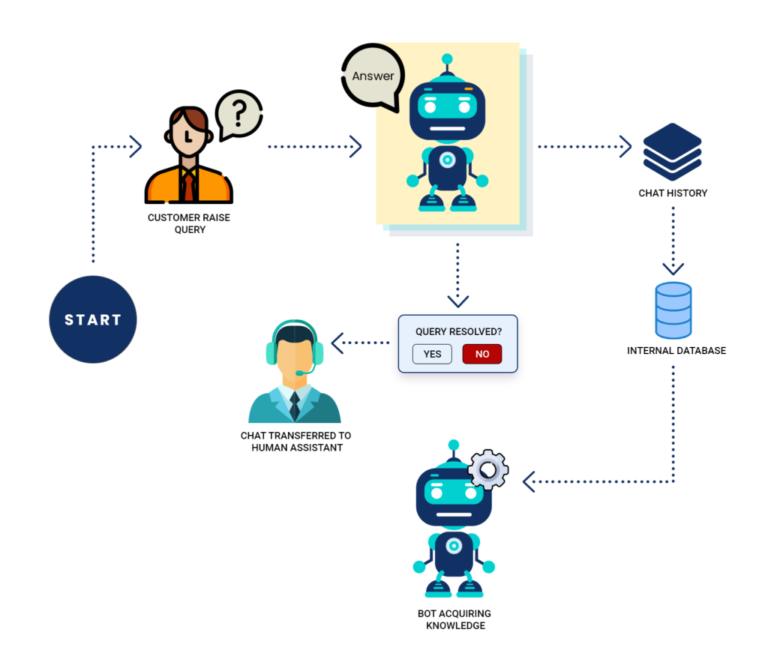
Voice unit.
Parents should know that it is easier to get a child to perform some action if you first tell him about it, that is, create a preliminary setting, a positive attitude to perform this action.
For example, “We're going for a walk now, but first we need to get dressed” — and the child will willingly put on clothes. Or “Now we will have lunch, but first we need to wash our hands.”
Such phrases of adults warn the child's whims. He understands that this “difficult” (dressing, washing hands, etc.) is done in order for the “pleasant” to come later (a walk, delicious food, etc.).
These words create, as it were, readiness for this or that action and arouse in the child a desire to cope with it.
The most common mistakes in parenting.
These include frequent, unmotivated bans, "failure of the installation", lack of stability in the daily routine. These provisions are physiologically substantiated, as they are due to the psycho-physiological characteristics of the child's body.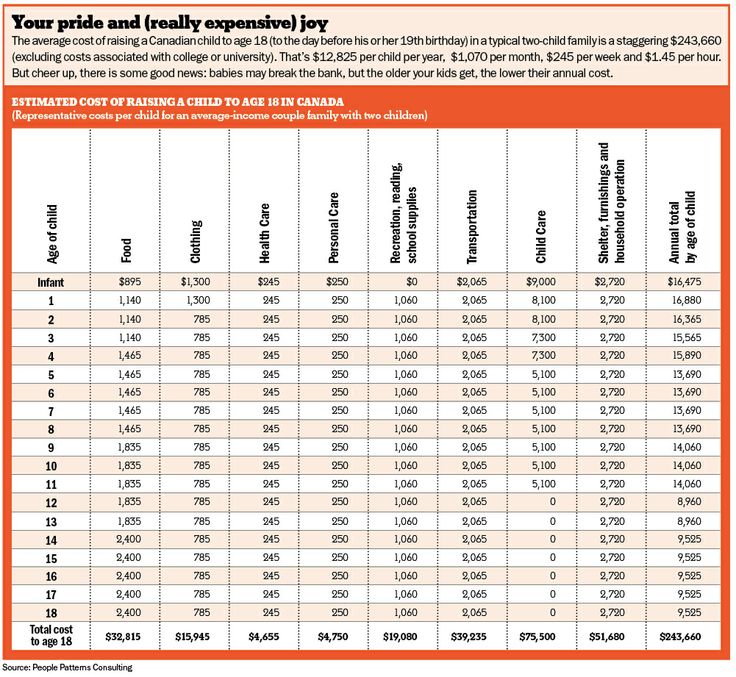
Why are frequent bans harmful? Twitching, all kinds of "impossible" cause a braking state in the child. The age-related properties of its nervous system are such that they cannot provide long-term immobility.
This leads to overstrain and exhaustion of the baby's nervous system: he gets excited, screams, cries, stamps his feet, falls to the floor, etc.
Another subtlety.
When you forbid something to a child, you say “don't do it”, “don't touch it”, “don't pull it”, i.e. different words with the negative particle “don't”. However, due to the peculiarities of the child's perception of adult speech - after all, the baby has only just learned to understand it - he does not always catch this short particle “not” and often hears “do”, “touch”, “pull”, etc.
You will do wrong if you allow your child everything, or, conversely, forbid it.
The child must know the clear boundary between "possible" and "impossible" .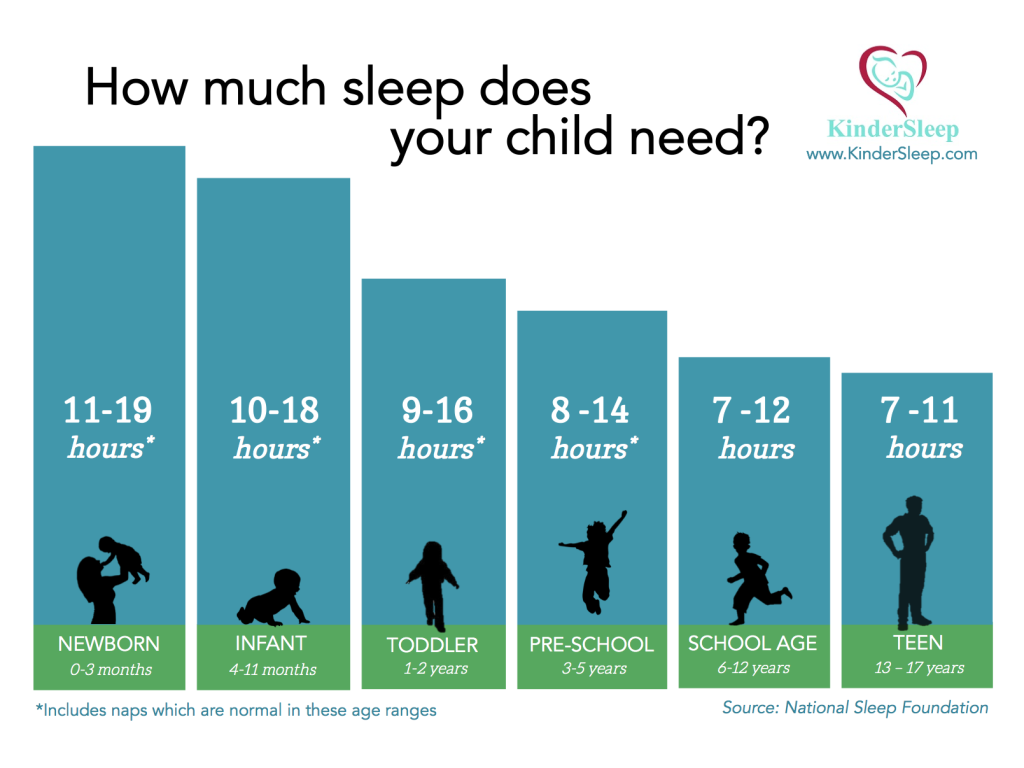
But there should be few prohibitions at this age. It is advisable to organize the place of wakefulness of the child in such a way that in his environment there is as much as possible permitted than prohibited.
What is a "installation failure"? Imagine the following situation: a girl is playing with a doll with concentration, wrapping her in a blanket. And mother has no time, she is in a hurry and demands from her daughter that she immediately begin to dress. It is this sharp violation of the child's concentrated activity that is the "disruption of the set."
The child is completely engrossed in the game (“fixed”). Suddenly, the game abruptly breaks down by the immediate demand of the mother.
In this case, the protest and resistance of the child, his crying is understandable - after all, all this is due to the inability to switch to another action.
If such wrong methods with a "disruption of the set" are used frequently, then a negative attitude towards the suggestions and demands of adults is fixed in the child.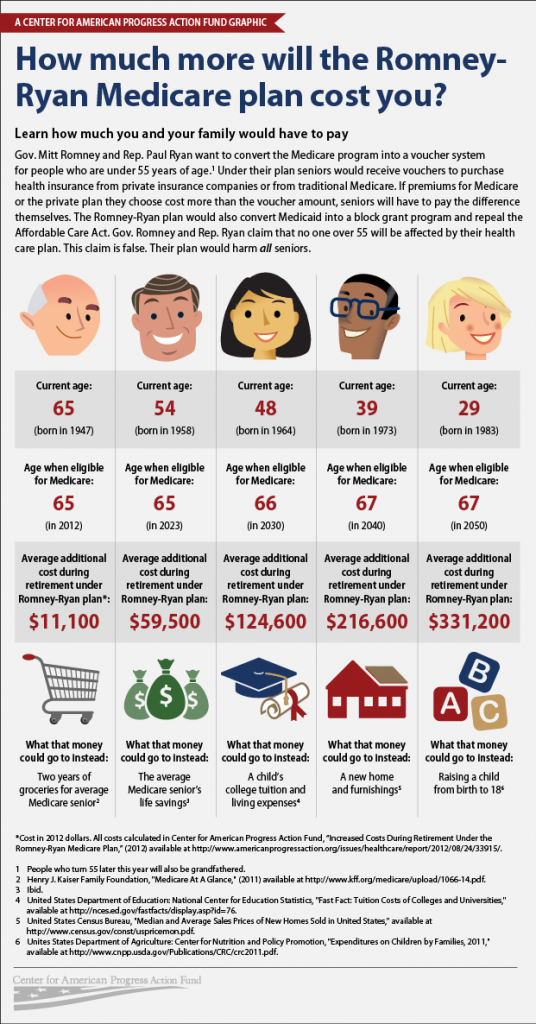
It is necessary to skillfully switch the child's activity from one activity to another without violating the set - first with words, if the child understands speech well, then by showing what he will have to do. This way of switching attracts the attention of the baby and arouses his interest in a new activity.
Do not change your child's day routine abruptly and often.
Usually the conditions of his life are relatively constant (environment, home environment, etc.). The main components of the daily routine: sleep, wakefulness and feeding, almost always alternate in the same sequence. At the same time, certain stable habits are fixed in the child, which are of great importance for his life.
If the sequence of events of the day is suddenly disturbed (arrival of guests, change of feeding or sleeping time, departure to the country house, etc.), then, as a rule, the child's behavior changes: stubbornness, crying, whims, loss of appetite, sleep disorders appear.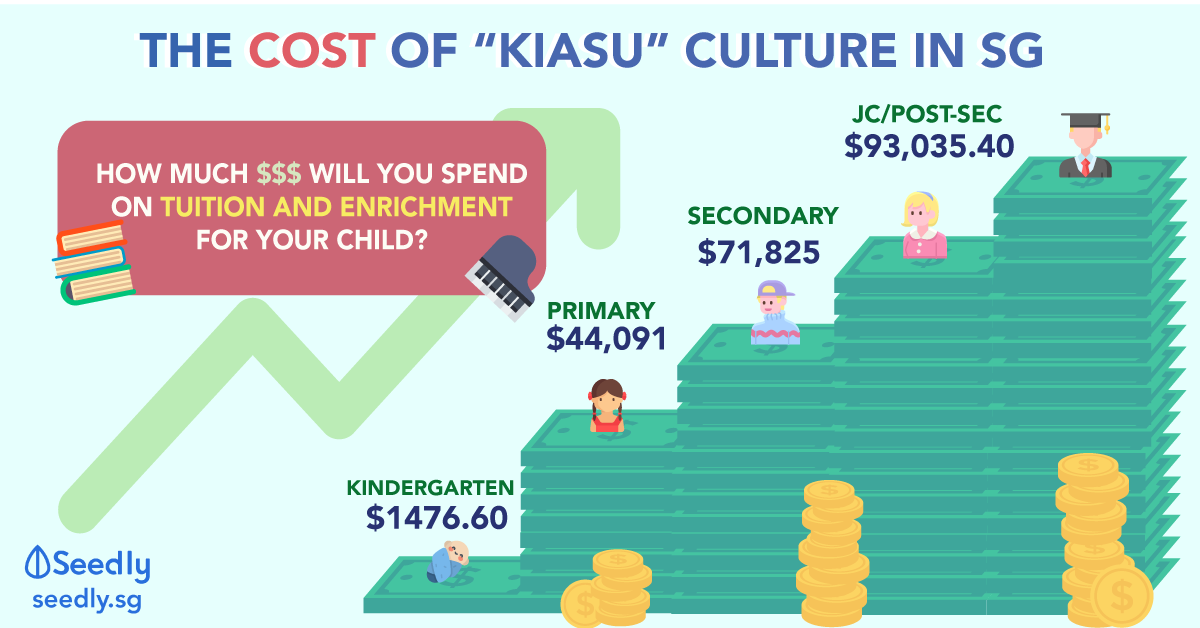
To avoid these phenomena, we advise you not to allow frequent and significant changes in the child's living conditions.
If you need to change the situation (moving, entering a preschool, etc.), try not to change the child's habits that have developed rapidly.
One cannot bring many new things into his life at once. Of course, it can and should be diversified, but gradually, within the limits allowed by the age-related endurance of the child's nervous system.
In each individual case, you can get advice in the office of a healthy child of a children's clinic.
It is strictly forbidden to intimidate a child, deceive him or use physical punishment.
Sometimes you can hear how the mother, hurrying the baby, says “eat soon, otherwise I will give it to dad”. Such thoughtless words can form greed in the character of a child.
You can’t often blame him either: “how stupid you are”, “how stubborn you are”, “you don’t know how to do anything”, etc.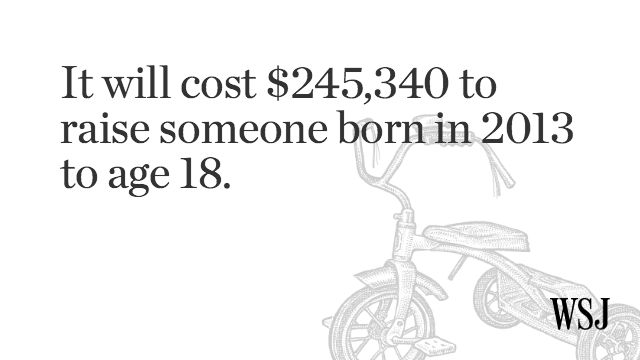
The child misbehaves.
Many parents get lost and do not know how to deal with the baby if he is naughty.
The most common technique that many people probably use is the method of distraction. The smaller the child, the easier it is to divert his attention from the reasons that caused crying, whims.
This helps to calm the baby, but does not bring up the right behavior. Therefore, at an older age, it is better to replace the method of distraction with persuasion, clarification or direct teaching.
What to do if a child cries: pity, punish or ignore his crying?
In this case, the choice of the method of education will depend on the cause of the tears, the establishment of the child's guilt and other circumstances.
Why and how should a child be punished?
There can be no definite answer here. In resolving this issue in each case, parents should be helped, prompted by their love for their baby, the desire to bring up the best qualities of character in him, to protect him from mistakes in the future.